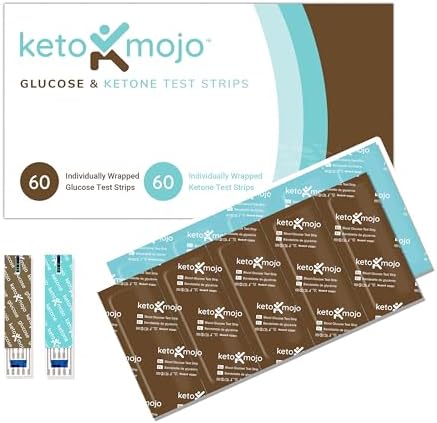Keto Diet Vegetables: Discover the Top Low-Carb Choices for Ketosis
This post may contain affiliate links. If you purchase through these links, I may earn a small commission at no extra cost to you. LEARN MORE.
Embarking on a ketogenic diet requires a keen understanding of which vegetables keep you on track for ketosis. As this high-fat, low-carb eating plan gains popularity, knowing the right veggies to incorporate can be a game-changer.
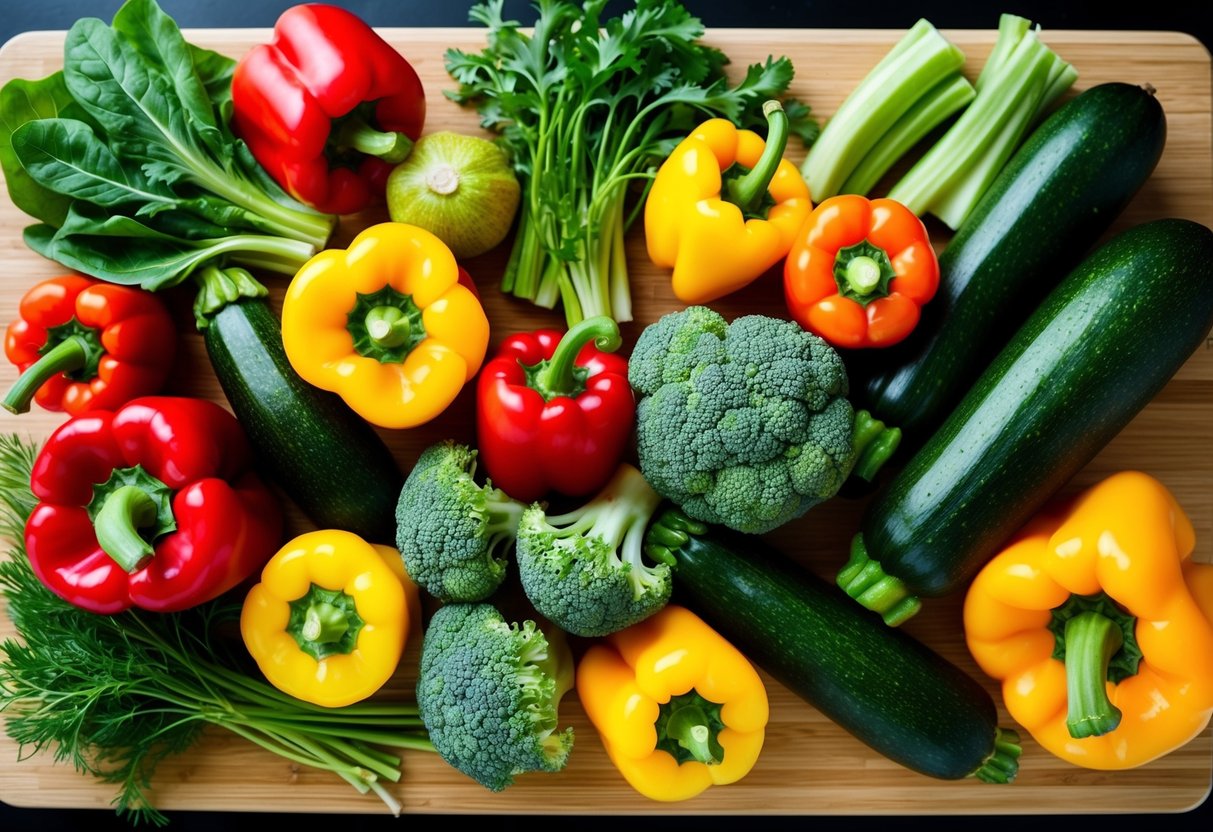
For those on the keto journey, low-carb vegetables like spinach, zucchini, and lettuce are essential additions to daily meals. These vegetables not only add variety and flavor but also contribute vital nutrients without hindering ketosis.
Recognizing which veggies to prioritize can transform how effectively one adapts to this diet.
Successfully navigating the keto diet often involves avoiding or limiting certain high-carb vegetables. By selecting the right produce, individuals can enjoy satisfying meals while adhering to their carb limits. This approach ensures balance and helps prevent common pitfalls associated with the keto lifestyle.
Key Takeaways
- Low-carb vegetables support maintaining ketosis on the keto diet.
- Certain high-carb vegetables should be limited to stay in ketosis.
- Choosing the right veggies enhances nutritional intake and variety.
Understanding Ketosis and Low-Carb Vegetables
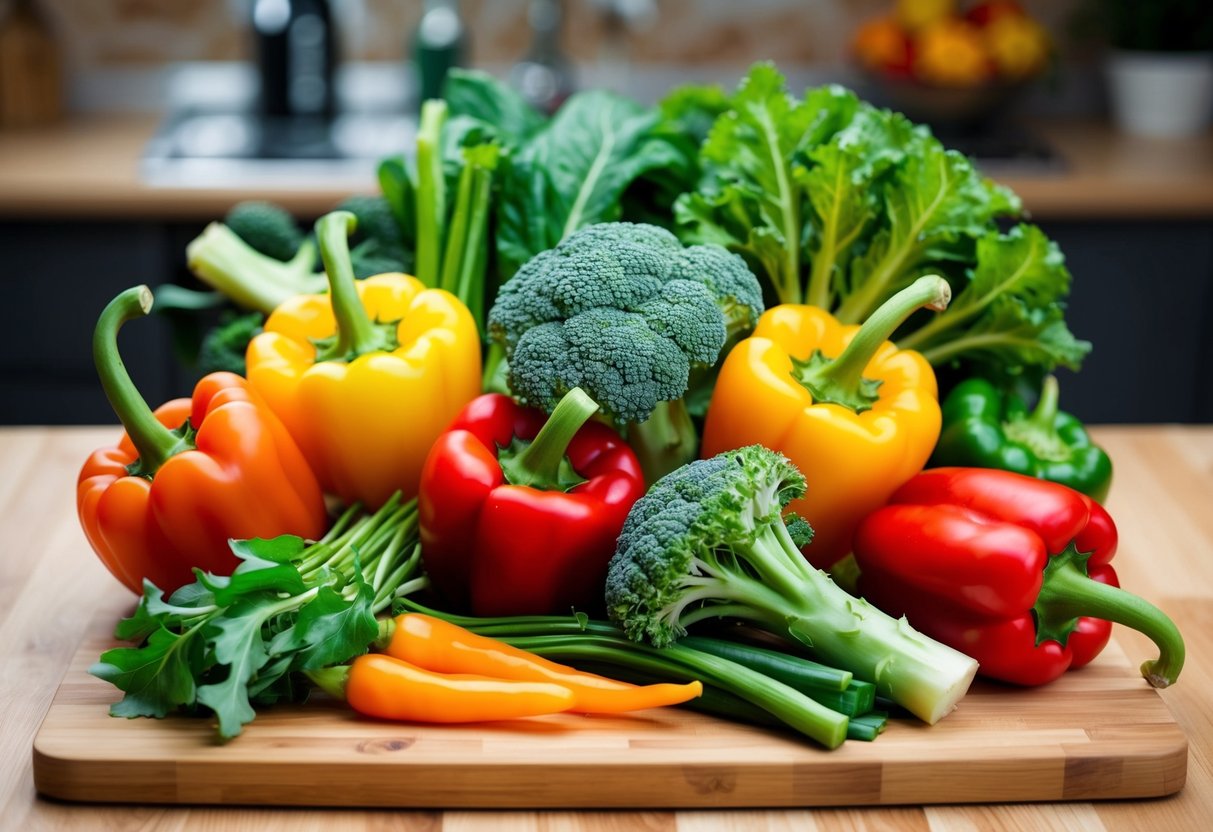
A keto diet focuses on shifting the body’s metabolism from carbohydrates to fats for energy, emphasizing low-carb vegetables. Choosing the right vegetables can maintain ketosis, essential for the diet’s success. Below is an exploration of their role, selection tips, and understanding of net carbs in this context.
The Role of Vegetables in a Keto Diet
In a keto diet, vegetables serve as vital sources of essential nutrients while maintaining low carbohydrate intake.
Above-ground vegetables, such as leafy greens and cruciferous types like broccoli and spinach, are most suitable. They offer vitamins, minerals, and antioxidants without disrupting ketosis due to their low carb count.
Below-ground vegetables, like potatoes and carrots, contain higher carbohydrates and may need to be restricted. Their starch content can interfere with reaching or maintaining ketosis. Therefore, selecting vegetables with a focus on those growing above ground helps align with keto goals.
Essential Guidelines for Choosing Keto Diet Vegetables
When selecting vegetables for a keto diet, prioritizing those with low net carbs is crucial.
Net carbs are calculated by subtracting fiber from total carbohydrates, allowing more flexibility in vegetable choices.
Focus on consuming nutrient-dense options that deliver essential vitamins and minerals without excess carbohydrates.
Leafy greens and cruciferous vegetables are particularly valued for their low carb content. Monitoring portion sizes also plays a role, as consuming large quantities of even low-carb vegetables can add up in carbohydrate content.
Net Carbs vs. Fiber – Why It Matters for Keto
Understanding the balance between net carbs and fiber is key to staying in ketosis.
Fiber, a non-digestible carbohydrate, doesn’t affect blood sugar levels, thus not hindering ketosis.
Calculating net carbs allows individuals to enjoy a variety of vegetables while staying carb-conscious.
For example, a cup of spinach contains about 7 grams of carbohydrates but 4 of those are from fiber, resulting in 3 grams of net carbs. This practice enables the inclusion of more varied vegetables in a keto diet without compromising its low-carb requirement.
To stay on track with ketosis while adding veggies, use these tools to monitor your carb intake effectively.
The Best Keto-Friendly Vegetables
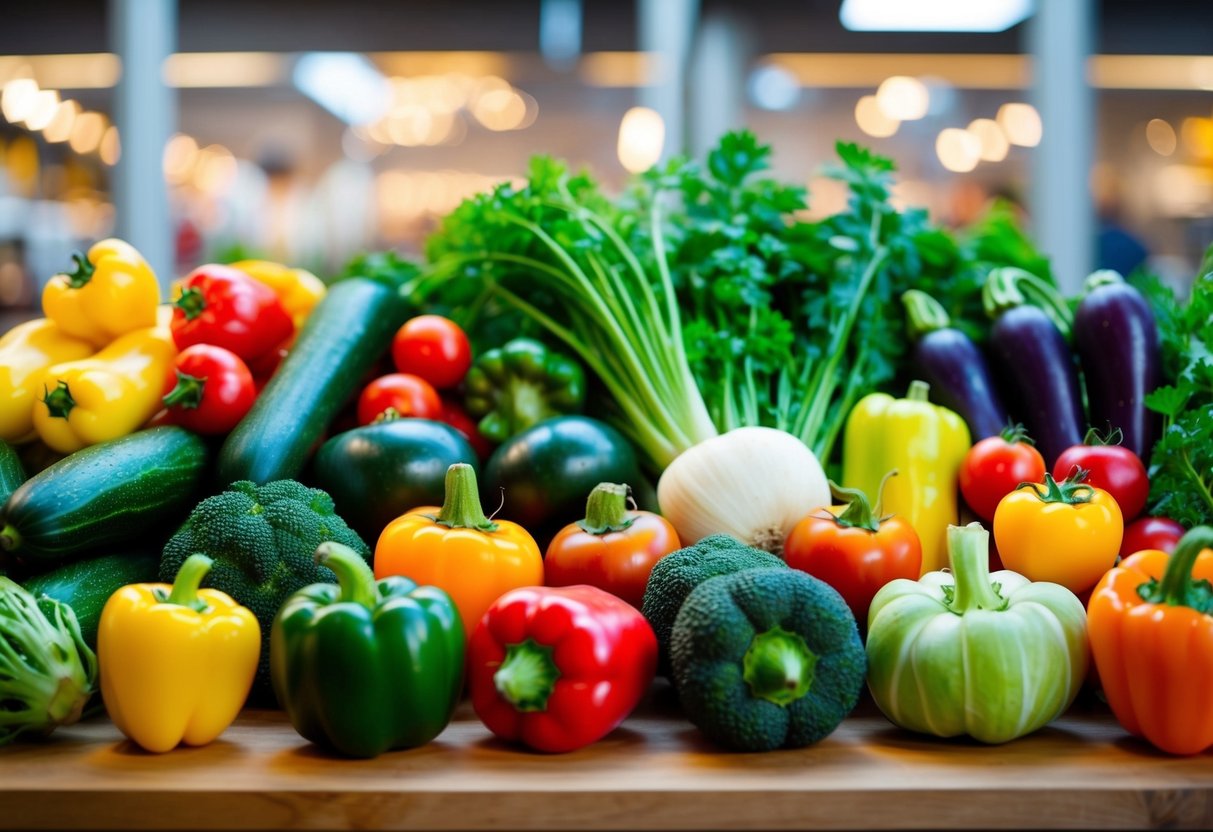
Incorporating low-carb vegetables into a ketogenic diet helps maintain ketosis while providing essential nutrients. Leafy greens and cruciferous vegetables are particularly beneficial, alongside other nutrient-dense veggies, due to their low carbohydrate content and high nutritional value.
Leafy Greens & Cruciferous Vegetables (Superfoods for Keto)
Leafy greens like spinach, kale, and arugula are excellent keto options. They contain minimal carbohydrates and are rich in nutrients like iron, calcium, and folate. These vegetables support overall health without disrupting ketosis.
Cruciferous vegetables such as cauliflower, broccoli, and cabbage also play a crucial role.
They offer a high fiber content and essential vitamins such as vitamin C and vitamin K. For keto dieters, they provide bulk to meals without excessive carbs.
Brussels sprouts and lettuce can be used in various dishes while maintaining a low-carb intake, making them suitable for those monitoring their carbohydrate consumption.
Nutrient-Packed Low-Carb Veggies
Veggies like asparagus, zucchini, and cucumber are low in carbohydrates, making them ideal for keto.
Asparagus is notable for being high in fiber, potassium, and vitamin K. Zucchini and cucumber are versatile, providing hydration and beneficial nutrients with few carbs.
Avocado, though technically a fruit, fits well in this category. It is high in healthy fats, notably monounsaturated fats, and low in carbohydrates, enhancing its keto-friendly profile.
It also offers potassium and magnesium, promoting heart and muscle health.
Other options include tomatoes, bell peppers, and mushrooms, which deliver vitamins A and C.
Olives and eggplant contribute healthy fats and antioxidants without compromising ketosis, suitable for enriching a ketogenic diet.
For those who struggle to get enough greens, try these products, they are great keto-friendly alternatives.
High-Carb Vegetables to Avoid or Limit on Keto

Vegetables are an essential component of a healthy keto diet, but not all veggies align with the low-carb restrictions required to maintain ketosis. Focusing on minimizing starchy vegetables is crucial to stay within daily carb limits and achieve desired results.
Starchy Vegetables That Can Kick You Out of Ketosis
Starchy vegetables such as potatoes, sweet potatoes, and corn are rich in carbohydrates, which can quickly add up and exceed keto limits.
A medium-sized potato contains about 30 grams of carbs, while even a small serving of corn carries significant carbohydrate content.
Squash, pumpkin, and yams should similarly be restricted due to their high starch content.
Rutabaga and carrots have slightly lower carb counts but still require cautious use.
Opting for leafy greens or low-carb vegetables like zucchini allows for greater flexibility in maintaining a low-carb diet.
Careful monitoring of serving sizes when consuming these vegetables is vital to avoid disrupting ketosis.
Moderation is Key – Hidden Carb Traps
While some high-carb vegetables like peas and onions might appear harmless due to their smaller size, they can also contain hidden carbs that could add up quickly.
For example, peas carry about 14 grams of carbs per cup.
Onions, often used for flavoring, can add up the carb count when used in larger amounts.
Utilizing these vegetables in moderation can help maintain the low-carb balance required for ketosis.
Incorporate them sparingly in dishes and consider pairing them with high-fat ingredients to balance the meal while keeping the carb intake low.
Tracking daily carb consumption ensures a well-monitored keto diet without unexpected carb spikes.
How to Incorporate Vegetables into Your Keto Diet
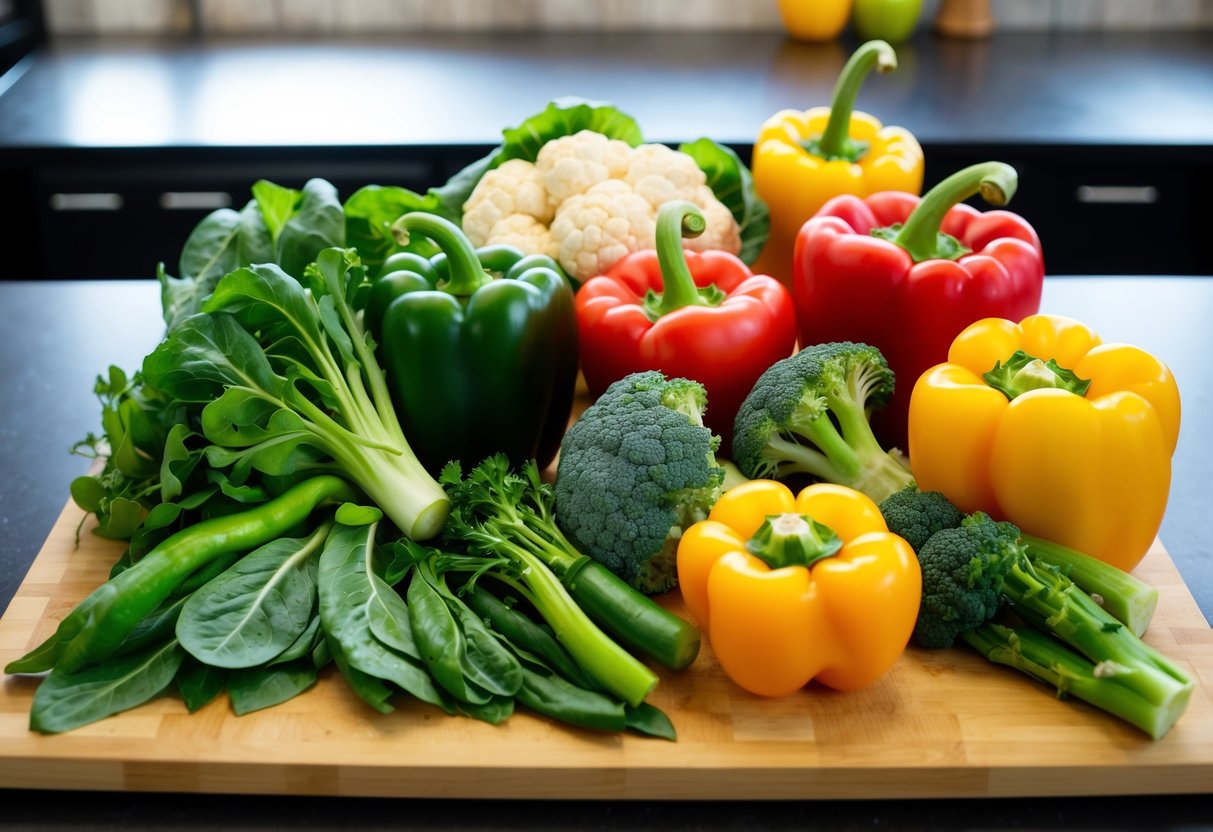
Integrating vegetables into a keto diet can enhance flavor and nutrition without exceeding carbohydrate limits. This can be achieved by focusing on low-carb veggies that complement a ketogenic lifestyle, such as salads, side dishes, and creative low-carb recipes.
Keto-Friendly Salads & Side Dishes
Salads and side dishes are excellent ways to maintain low-carb intake while enjoying a variety of textures and flavors.
Base salads on leafy greens with low carb counts like spinach, kale, and bok choy.
Add cucumbers and celery for crunch and radishes for a peppery kick.
Tomatoes and onions can be included sparingly for their flavor profiles, while being mindful of their slightly higher carb contents.
Season with olive oil and vinegar or make a creamy avocado-based dressing. Pair these robust salads with high-fat dressings or toppings, such as cheese, nuts, or seeds, to meet the dietary requirements while enriching taste.
Creative Low-Carb Recipes Featuring Vegetables
Incorporating vegetables creatively can elevate the meal experience without disrupting ketosis.
Cauliflower rice or mashed cauliflower can replace starch-heavy side dishes, providing a fulfilling base with minimal carbs.
Zucchini noodles transform traditional pasta dishes into keto-friendly versions.
Stir-fries are another versatile option; bok choy and celery work well in these, providing satisfying crunch and flavor.
Stuffed peppers with meats or cheeses allow customization while maintaining low-carb intake.
These keto recipes can contribute to a sustainable and enjoyable ketogenic diet, helping with weight loss and nutritional goals.
Adapt these ideas based on available ingredients, personal preferences, and carbohydrate considerations to maintain a successful and enjoyable keto journey.
Nutritional Benefits and Considerations
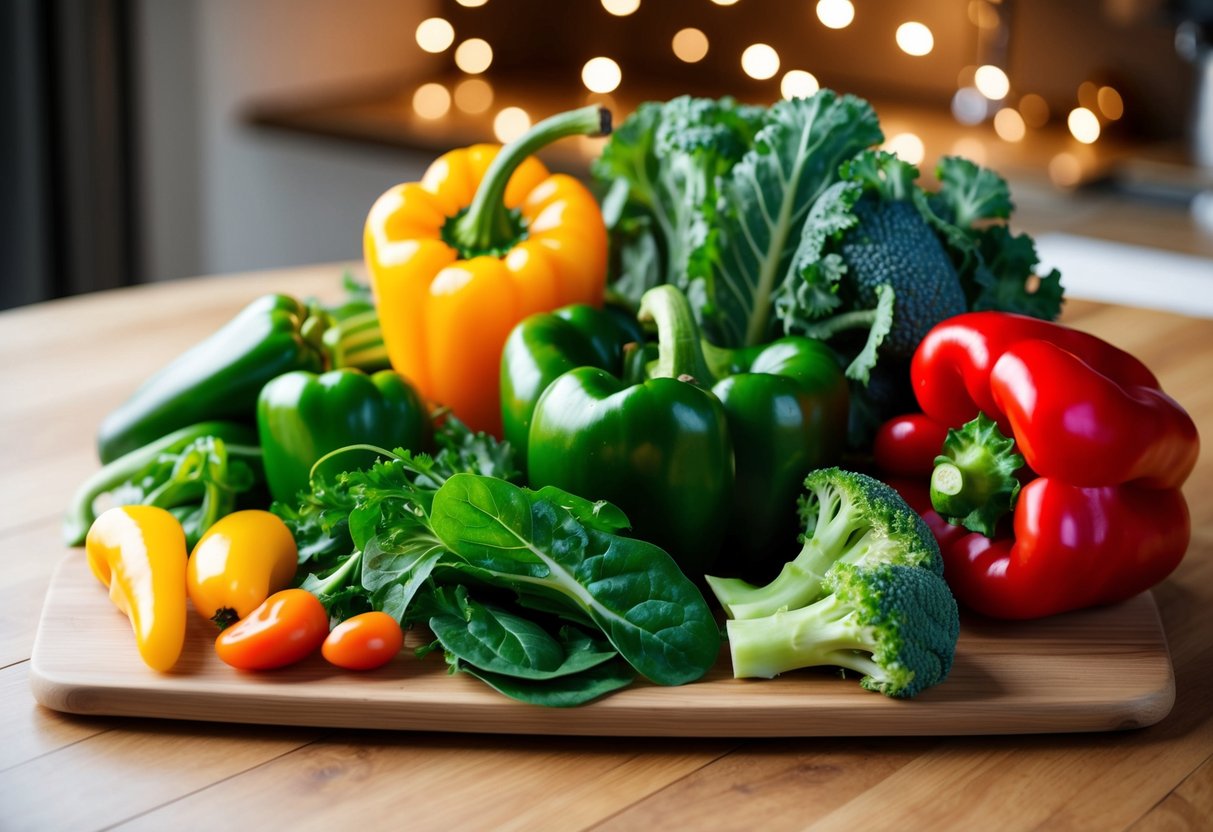
Keto-friendly vegetables offer a range of nutrients essential for those on a ketogenic diet. These vegetables provide critical vitamins and minerals while supporting weight loss and improving overall health.
Vitamins, Minerals & Antioxidants – Why They Matter on Keto
Keto vegetables like spinach, kale, and watercress are rich in vitamins and minerals.
Vitamin C can be found in many keto veggies, helping to support the immune system.
Avocados are a great source of potassium, which is vital for muscle function and maintaining electrolyte balance.
Magnesium and calcium found in leafy greens can aid in bone health and nerve function.
The antioxidants present in these vegetables help combat oxidative stress.
This can be especially beneficial on a low-carb diet like keto, which may cause initial fatigue. Incorporating a variety of low-carb vegetables can ensure a broader spectrum of nutrients, meeting the dietary needs without compromising ketosis.
How Keto Vegetables Support Weight Loss & Overall Health
Weight loss is a primary goal of many following a ketogenic diet.
Vegetables such as zucchini and asparagus are low in carbohydrates and calories, making them ideal for maintaining a calorie deficit.
The fiber content in these veggies, including folate, supports digestive health and keeps the individual feeling full longer, reducing the urge to overeat.
Moreover, including low-carb vegetables like avocados provides healthy fats.
These fats are crucial for satiety and energy production, integral components of the ketogenic lifestyle.
Eating a diverse range of keto vegetables not only supports weight management but also promotes overall health through balanced nutrition.
Frequently Asked Questions
The keto diet requires careful selection of low-carb vegetables to maintain ketosis.
Certain fruits can also fit into the diet, provided they are low in carbohydrates.
What are the best low-carb vegetables to consume on a keto diet?
Leafy greens like spinach and kale are excellent choices.
Other great options include broccoli, cauliflower, zucchini, asparagus, and bell peppers.
These vegetables are low in carbohydrates and can be consumed without significantly impacting ketosis.
Which fruits are considered keto-friendly?
Berries such as strawberries, raspberries, and blackberries are often deemed keto-friendly due to their low carbohydrate content.
Avocados, technically a fruit, are also a popular choice because of their beneficial fats and low carbs.
Can you eat carrots while following a ketogenic diet?
Carrots are higher in carbohydrates compared to other vegetables.
While not completely off-limits, they should be consumed in moderation to prevent exceeding daily carb limits and affecting ketosis.
What foods are permissible to eat in unlimited quantities on a ketogenic diet?
Non-starchy, leafy green vegetables like spinach and lettuce can typically be eaten liberally due to their low carb content.
Additionally, some proteins and healthy fats, such as oils and cheeses, can be consumed freely, but attention to portion sizes helps maintain balance.
Is celery a good option for those adhering to a keto diet?
Celery is a suitable vegetable for a keto diet.
It is low in carbohydrates and can be a crunchy addition to meals or snacks without impacting ketosis.
What vegetables should be avoided when on a ketogenic diet plan?
Starchy vegetables such as potatoes, corn, and peas are best avoided as they contain higher carbohydrate levels. These can quickly increase carb intake, making it difficult to maintain ketosis.


